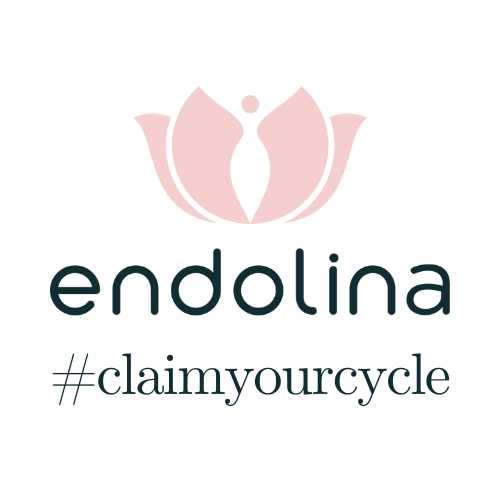Cramps are no one’s favorite part of the menstrual cycle, and they can be downright debilitating. While medication is often a go-to, your diet plays a crucial role in managing period pain. In this article, we explore foods and drinks that can help ease menstrual cramps, as well as those best avoided. Let’s empower your body with nutrient-rich choices that support your cycle!
Foods That Help with Cramps
In the lead-up to your period, cramping can be a regular or sporadic occurrence. To manage cramps naturally, focus on light, nutrient-dense foods that reduce inflammation and relax your muscles. Here are six superfoods that can help soothe your symptoms:
1. Bananas
Rich in magnesium and fiber, bananas are a cramp-relieving superstar. Magnesium relaxes muscles, reducing cramping severity, while fiber helps prevent bloating. Enjoy bananas in moderation to balance their natural sugar content.
2. Lemons
Packed with vitamin C, lemons boost iron absorption—important when your body loses red blood cells during menstruation. Their fiber content can also ease muscle spasms. Add fresh lemon juice to water or salads for a tangy health boost.
3. Oranges
Oranges aren’t just delicious; they’re loaded with vitamin C, magnesium, potassium, and vitamin D. These nutrients work together to reduce cramping and inflammation. Snack on oranges or sip freshly squeezed juice for quick relief.
4. Watermelon
Light and hydrating, watermelon replenishes lost fluids and provides natural sugars to keep your energy up. Blend it into a smoothie or enjoy it fresh for a sweet and soothing treat.
5. Broccoli
This green powerhouse is rich in fiber and iron, which can help alleviate lower abdominal pain. Its anti-inflammatory properties make it a great addition to your period diet. Steam or stir-fry broccoli for maximum benefits.
6. Kale
Calcium and magnesium in kale work wonders to ease muscle spasms and contractions. Whether sautéed or blended into a smoothie, this leafy green is a must-have during your cycle.
Drinks That Help with Cramps
What you drink matters just as much as what you eat. These beverages can complement your diet to further ease cramps:
- Water: Staying hydrated helps prevent bloating and muscle spasms.
- Chamomile Tea: Known for its anti-inflammatory and calming properties, chamomile tea relaxes your muscles and nerves.
- Ginger Tea: Ideal for relieving cramps, bloating, and nausea.
- Raspberry Leaf Tea: With anti-inflammatory properties, it’s a soothing choice for menstrual pain.
- Smoothies: Blend spinach, bananas, and oranges for a nutrient-rich drink packed with magnesium and vitamin C.
Foods to Avoid During Your Period
Certain foods can make cramps worse, so it’s best to avoid these during your cycle:
- Canned Foods: High in sodium, which can increase bloating.
- Candy: Packed with artificial sugars that can intensify cramping.
- Fried Foods: Difficult to digest and may worsen bloating.
- Dairy Products: Saturated fats can trigger inflammation, although calcium may help in moderation.
- Caffeine: Stimulates stress and irritability, potentially worsening pelvic pain.
Bottom Line
Managing period cramps starts with nourishing your body. Prioritize light, wholesome foods and stay hydrated to reduce pain and discomfort. Avoid overly processed, fried, or sugary foods that can aggravate inflammation. By making thoughtful dietary choices, you’ll support your body’s natural rhythms and feel more in control during your period.
Be kind to your body, embrace rest when needed, and nourish yourself with care.
References
Bajalan, Z., Alimoradi, Z., & Moafi, F. “Nutrition as a Potential Factor of Primary Dysmenorrhea: A Systematic Review of Observational Studies.” Gynecologic and Obstetric Investigation. 2019.
https://pubmed.ncbi.nlm.nih.gov/30630172/
NIH Office of Dietary Supplements. “Magnesium - Health Professional Fact Sheet.” U.S. Department of Health and Human Services. 2020.
https://ods.od.nih.gov/factsheets/Magnesium-HealthProfessional/
Saei Ghare Naz, Marzieh, et al. “The Effect of Micronutrients on Pain Management of Primary Dysmenorrhea: A Systematic Review and Meta-Analysis.” Journal of Caring Sciences. 2020.
https://www.ncbi.nlm.nih.gov/pmc/articles/PMC7146731/
Physicians Committee for Responsible Medicine. “Using Foods Against Menstrual Pain.”
https://www.pcrm.org/good-nutrition/nutrition-information/using-foods-against-menstrual-pain
Pattanittum, Porjai, et al. “Dietary Supplements for Dysmenorrhoea.” Cochrane Database of Systematic Reviews. 2016.
https://www.cochranelibrary.com/cdsr/doi/10.1002/14651858.CD002124.pub2/full

